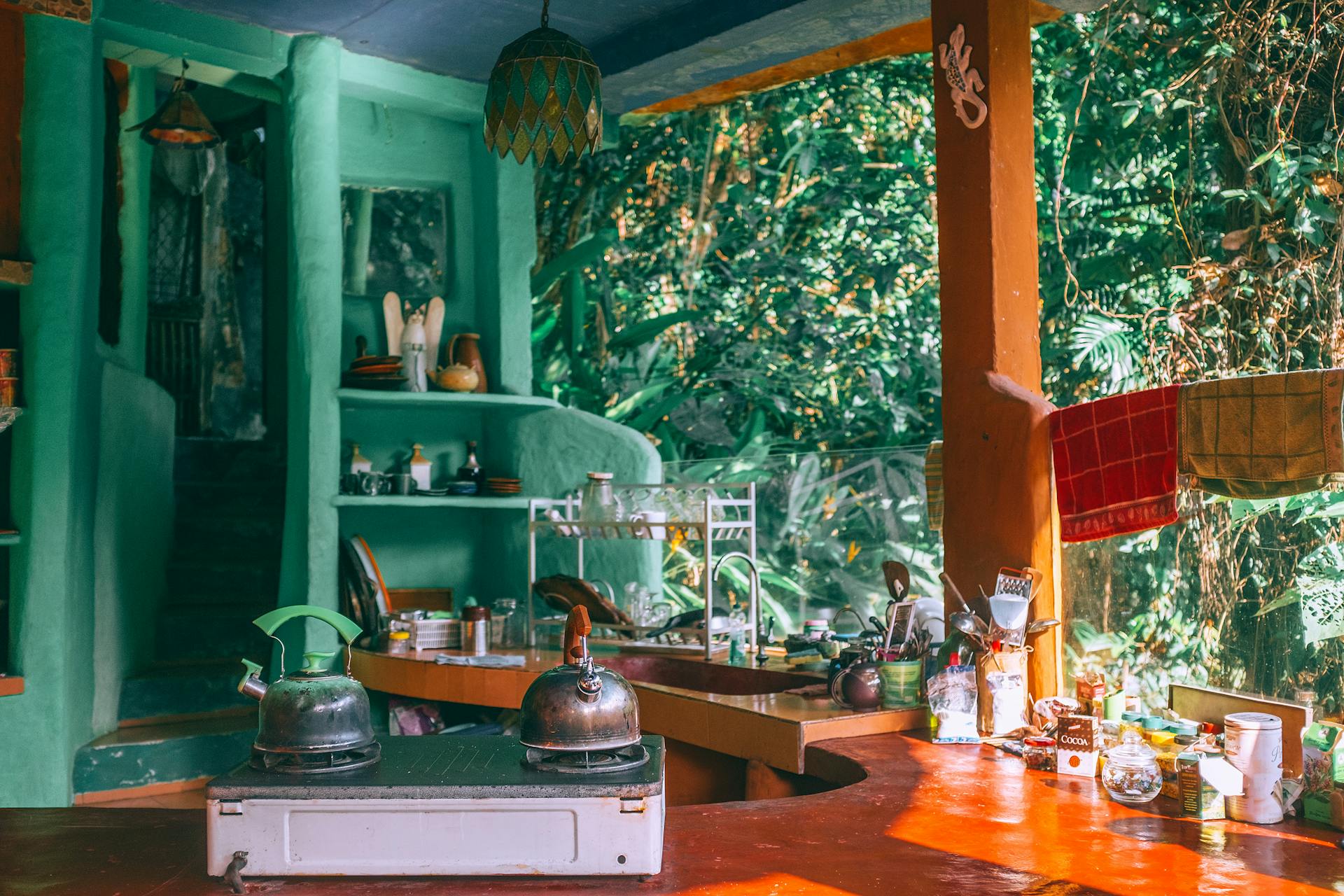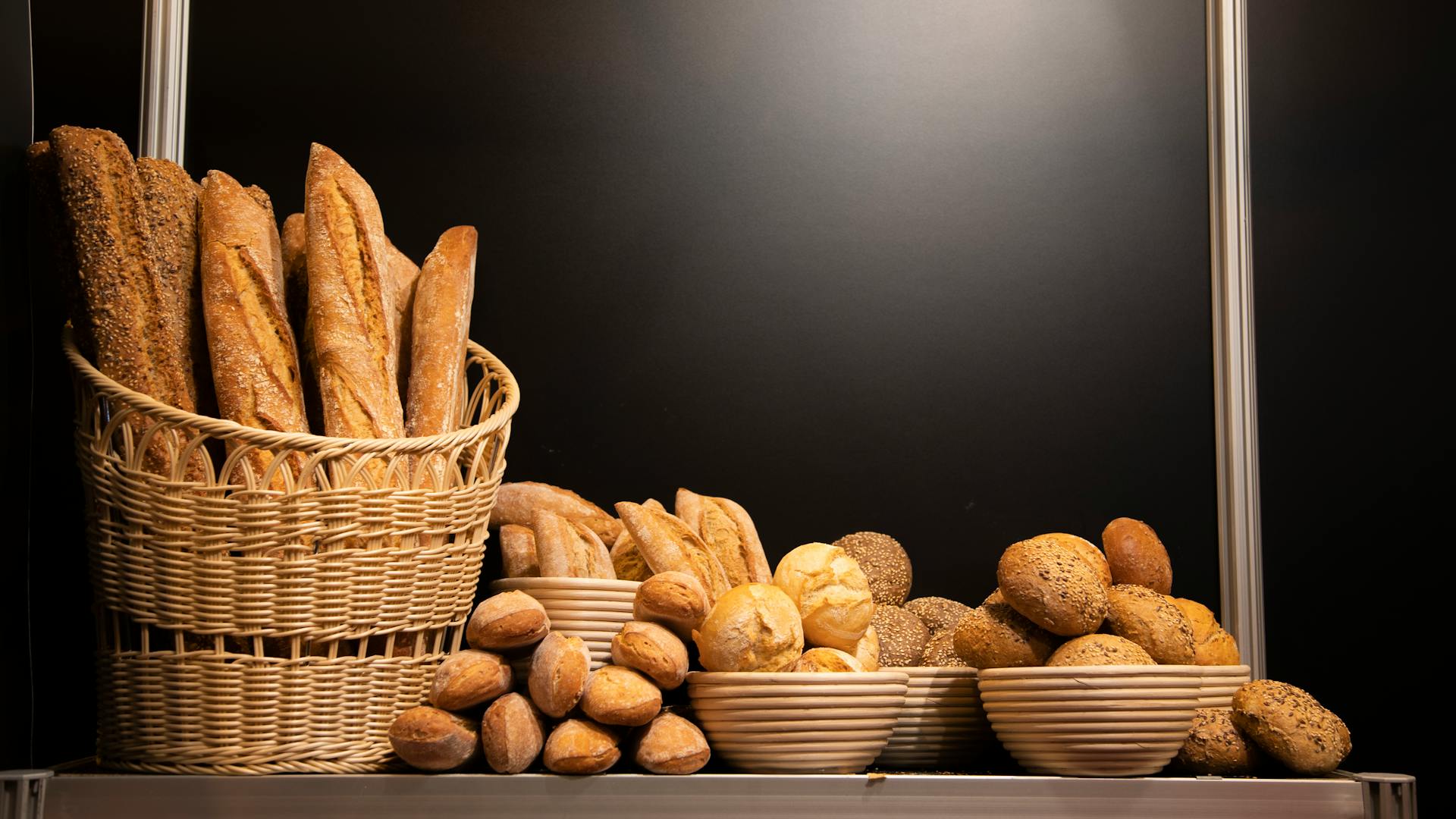
What do you do with all those old plastic Tupperware containers? You know the ones - the food storage containers you've bought or even stolen from your parents' home, full of delicious comfort food. While they might have been useful in the past, it's time to consider their environmentally friendly end.
Throwing them out contributes severely to environmental pollution, harming Mother Earth bet. But don't worry today - there are plenty of ways to get rid of these plastic tupperware containers in an eco-friendly way. As we all try to live a more plastic-free eco-life, throwing away unused containers should be a thing of the past. Instead, consider recycling or repurposing them for another use.
In this article, we'll explore various options for dealing with old plastic tupperware containers. From eco hubs and sustainable brands that independently review products without affiliate links, to ways you can repurpose these containers at home and even donate them to local organizations that need them, there are plenty of solutions available that can help us reduce our waste footprint on this planet.
Readers also liked: Can You Recycle Plastic Bags
When should you replace your plastic Tupperware containers?
Plastic Tupperware containers are a great way to store your food and keep it fresh. However, over time, the quality of these containers can deteriorate, and you may need to replace them. If you have good quality Tupperware containers that last forever, then you may not need to worry about replacing them anytime soon. However, if you notice any funky smells or stains that aren't being washed away with extreme care, then it's probably time to invest in some new ones.
One of the main reasons people buy plastic storage containers is because they want to keep their food fresh for longer periods of time. However, if your containers are no longer closing properly or if the lid plays a critical role in keeping your food fresh and it's missing or broken, then it's time for a replacement. Additionally, deep scratches can be an indication that potentially harmful chemicals such as bisphenol-A (BPA) could be leaching into your food. While Tupperware brand claims that their products are BPA-free since the 90s, older Tupperware containers found at parents' house could still contain this chemical linked to health concerns like diabetes, cardiovascular disease and breast cancer.
Finally, warped plastic containers may not withstand the flames from extremely hot oil or boiling water during cooking or meal taking. While some might be microwave safe but aren’t stove safe; even though they shouldn't be used for cooking food on stovetops or flames directly on grills and ovens as they might melt due to high heat levels. In these cases where lids are no longer existent or functioning correctly in different ways leaving foods stain prone that remain impregnated with unbearable strange odors where the funky smell permeates nostrils – YUCK! - silicone biodegradable alternatives like fridge plastic-free heres might just do the trick!
Vividly Retro: Stacking Canisters in Groovy '70s Colors
Looking to add some retro charm to your kitchen? Look no further than the newest additions to Tupperware's product line - a bright and colorful stacking canister set. With over 100 plastic containers in varying sizes, these food canister sets are perfect for all your storage preparation needs. And with colors like avocado green and harvest gold, they're sure to bring back memories of groovy '70s decor. Plus, each container comes equipped with a decorator seal for an extra touch of vintage style.
Discover the Most Popular Kitchenware Brand of 1965

If you were living in the United States or anywhere in the free world in 1965, chances are you've heard of Tupperware. Years ago, Tupperware operated plants all over the world and sold its products in more than 10 countries. The brand was well-known for its plastic housewares, primarily kitchen and dining items that include products like bowls, pitchers, and containers.
Tupperware's success can be attributed to their commitment to product research and quality control. They were constantly improving their Tupperware product line to suit the needs of their customers. In fact, they were one of the first companies to introduce airtight seals and durable plastic material which made them stand out from other kitchenware brands. It's no wonder why Tupperware became a household name during this time period!
Discover the Secret to Perfectly Fresh Food from 1974!
Do you remember those old plastic Tupperware containers that your parents kept at home for food preparation and storage? Well, they were much more than just serving containers! The Tupperware Wonderlier bowl was a classic favorite with its air-tight seal, which kept food fresh for days. The Decorator Salad Set came with twin forks and individual matching bowls, perfect for any dinner party. And don't forget about the one-quart beverage container and its two-quart companion. The twin red and yellow mustard and catsup set was another must-have item for any kitchen.
But what made these Tupperware containers so special? They were designed to keep food fresher for longer periods of time. The air-tight seal prevented moisture and air from entering, which slowed down the growth of bacteria that can cause food to spoil. Not only did this save money on wasted food but it also saved time since there was no need to prepare meals every day. So next time you're cleaning out your kitchen cabinets, take a second look at those old Tupperware containers in the upper left corner - they may just hold the key to perfectly fresh food!
Discover The Ideal Duration For Your Plastic Tupperware!

Plastic containers are a great way to store beans, dry products and other food items. They hold plastic for a long time and can keep your food items in good condition for an extended period. But how long should you actually use them for? Well, it depends on how you use and handle them.
If handled gently and stored properly, plastic containers can last up to 10 years or more! However, if not handled correctly, they may lose shape, crack or get nasty stains after just a few months of use. So it makes sense to take extra care of them to ensure that they stay in good condition for as long as possible.
There's no specific time frame for when you should replace your plastic containers - it all depends on how well you've taken care of them. A good range is to replace them every couple of years or so. By doing so, you'll be able to maintain their quality, ensuring that they continue to do their job effectively without any issues.
Tupperware's Collection of Incredible Bowls

Prepare and store your meals with practical Tupperware bowls that are colorful and convenient. The finely textured surface of Tupperware bowls ensures easy cleaning, while their feature instant seals keep food fresh for longer periods. One such Tupperware collection is the attractive sunburst design B5 10-oz Servalier set, available in lime, burnt orange, and brown colors.
Upgrade your kitchen with the versatile B10 20-oz Servalier set by Tupperware. These bowls come in vibrant lime, burnt orange, and lemon shades and are perfect for storing frequently needed sizes of food items. Their airtight seal keeps meals fresh for extended periods, making them an ideal choice for meal prepping or mealtime surplus sets.
Tired of using mismatched plastic containers? Invest in the B20 Servalier bowl set by Tupperware that offers different-sized bowls for all your storage needs. These colorful bowls come with airtight seals that keep food fresh for days. So why wait? Get your hands on this container set today and start preparing healthy meals without any hassle!
When trying to figure out what to do with your old Tupperware, think twice before just tossing it in the trash!
When trying to figure out what to do with your old plastic containers, it's important to think twice before just tossing them in the trash. In today's modern generation, we need to be more mindful of what our trash means for mother earth. Luckily, there are plenty of environmentally friendly alternatives for disposing of old Tupperware.
One great option is to repurpose your old containers with DIY projects that can bring life back into them. You can find tons of ideas online or even share your own in the comments section below! Another eco-friendly solution is to donate your Tupperware to an eco-hub where they will make sure it gets used and disposed of properly.
Lastly, if you must dispose of your old plastic containers, be sure to do so responsibly including recycling them properly. Many cities have recycle programs that accept plastic containers and some even allow you to recycle plant pots or broken cell phones as well. By recycling e-waste properly or clothes online and cardboard properly you'll be doing your part in keeping our planet clean and healthy. We hope you found this post helpful and take these tips into consideration next time you're deciding what to do with your old Tupperware!
1. Share your thoughts
When it comes to old plastic Tupperware containers, my first thought is always about sustainability. Reusing things we already have instead of constantly buying new ones is a great way to reduce our environmental impact. However, it's important to make sure that these containers are still safe to use. Over time, plastic can break down and release harmful chemicals into our food. If you're not sure whether your old containers are still safe, it's best to err on the side of caution and replace them.
What do you think? Do you have any tips for using old Tupperware containers in a sustainable way? Let us know in the comments below or by emailing us at [insert email address]. Please note that all comments are subject to moderation and published required fields.
Discover if Your Tupperware Containers are BPA Free

If you have old tupperware plastic containers manufactured prior to the 2010s, there is a chance that they may contain BPA (Bisphenol-A). BPA is a chemical used to make polycarbonate, which is a type of plastic commonly used in food storage containers. However, due to bpa concerns related to health risks such as diabetes, cardiovascular disease, and others, many manufacturers no longer include BPA in their products.
To find out if your vintage tupperware containers contain BPA, check the recycling symbol on the bottom. If it has a number 7 inside the triangle, it may contain BPA. However, not all number 7 plastics contain BPA. Many companies now label their products as "BPA-free" or "safe for food use," so look for these labels when purchasing new containers. It's important to take care of your health and avoid potential harmful chemicals by only using safe, bpa-free products.
Discover sustainable alternatives for plastic Tupperware

As we become more aware of the impact our daily lives have on the environment, it's important to consider eco-friendly alternatives for popular plastic products like Tupperware. Glass, stainless steel, and bamboo undoubtedly come to mind as excellent options for food storage.
Glass containers are an excellent alternative to plastic Tupperware because they're non-porous material resists high temperatures and can be washed with soapy water, ensuring there are no lingering unpleasant odors. However, glass falls short in the sustainability department. Extracting sand to make glass contributes to erosion and disrupts seabeds faster than they can recover, leaving nearby communities open to environmental damage.
Stainless steel and bamboo are also great alternatives that offer similar benefits as glass containers but without the negative environmental impact. Stainless steel is durable, long-lasting and easy to clean while bamboo is lightweight, eco-friendly and biodegradable. By embracing these eco-friendly alternatives instead of plastic Tupperware containers, we can reduce our carbon footprint while continuing to enjoy healthy food storage solutions that keep our food fresh and safe!
Classic Ice-Tups and plastic placemats
Remember those classic ice-tups do-it-yourself molds that were used to make popular frozen drinks? They were made out of flexible unbreakable re-usable polyethylene sticks that came in a set of 6 molds, with an easy holding seal that acts as a cap, making it practical and easy to use. And who can forget those plastic tupperware place-mats that were the perfect suitable background for any mealtime? They had a lovely china fine crystal or lacy frosty appearance that added an extra touch of elegance to any table setting. Plus, they came in different colors to perfectly match your table color-scheme set.
Both the ice-tups and plastic placemats were essential items for neater eating and added convenience during mealtime. The ice-tups allowed you to make your own frozen treats at home, while the placemats provided a clean and stylish surface for your plates and cutlery. These classic items have stood the test of time because of their durability, versatility, and affordability. So why not bring back some nostalgia to your next dinner party by incorporating these timeless pieces into your table decor?
Can Tupperware spoil?
Plastic Tupperware, technically speaking, does not spoil. However, its life expectancy may dramatically decrease over time. Plastic is known to absorb colors and odors from acidic foods, such as tomato sauce or lemon juice. This means that after a few uses, your Tupperware may start to collect unpleasant scents that are hard to remove. Additionally, plastic containers are prone to scratches and cracks that allow bacteria to grow and contaminate your food. Therefore, if you notice any signs of wear and tear on your plastic Tupperware, it's best to replace it with a new set.
While plastic Tupperware has a longer lifespan than other materials like glass or metal, after years of use it may no longer serve its purpose basically Tupperware should be replaced every 2-3 years for optimal performance. If you're unsure about the age or condition of your containers, perform the smell test: if they emit any odd smells or have stains that don't come off with regular washing, it's time for them to go. Ultimately, investing in high-quality Tupperware and taking proper care of it will ensure that your leftovers remain fresh and safe for consumption.
Frequently Asked Questions
How to repurpose Tupperware?
Repurpose Tupperware by using it as food storage, organizing small items like office supplies or jewelry, or as a planter for small plants. Get creative with your ideas to give old Tupperware a new life.
How much is vintage Tupperware worth?
The value of vintage Tupperware varies based on several factors such as condition, rarity, and type. Some pieces can be worth a few dollars while others can reach hundreds or even thousands of dollars in value.
Should I throw away my old Tupperware?
It depends on the age and condition of your Tupperware. If it is cracked, discolored, or has a strong odor, it's time to toss it. Otherwise, if it's in good shape and not too old, you can continue to use it safely.
Is old Tupperware safe to use?
Old Tupperware can be safe to use as long as it is free of cracks, scratches or stains. If the plastic appears discolored or emits a strange odor, it's best to replace it with a new one as the chemicals may have leached out over time.
How do I know if my Tupperware is real?
Check the bottom of your Tupperware for the official Tupperware logo and a product number. If these are present, then your Tupperware is likely to be authentic.
Featured Images: pexels.com

